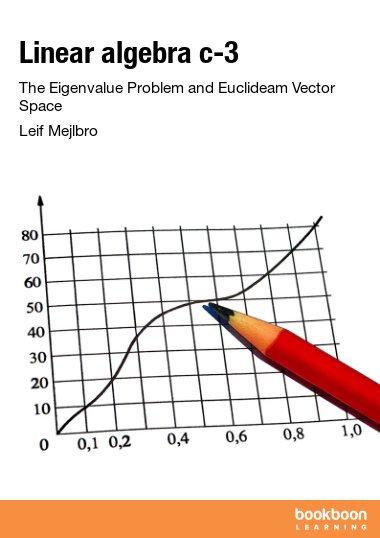

This can solve the linear programming problem for the different types of numbers that Mathematica supports: integers and rational numbers, as well as machine-precision approximate real and arbitrary-precision approximate real numbers. In Mathematica, linear programming is provided by the function LinearProgramming.

In this example techniques are shown to find approximate solutions that minimize these norms both will use a method to find minimum values of constrained linear problems typically this is known as linear programming. These may be more desirable in the particular context because they may find solutions that maintain important properties relevant to the individual problem. However, there are other solutions that can be found by minimizing other norms, such as the 1-norm or the -norm. This means that a range of equivalent problems can be formed, which may be easier to solve. Another reason is that the 2-norm is preserved under orthogonal transformations. Thus, a linear system can be formed that finds the minimizing solutions. Is differentiable and differentiation is a linear operation.


 0 kommentar(er)
0 kommentar(er)
